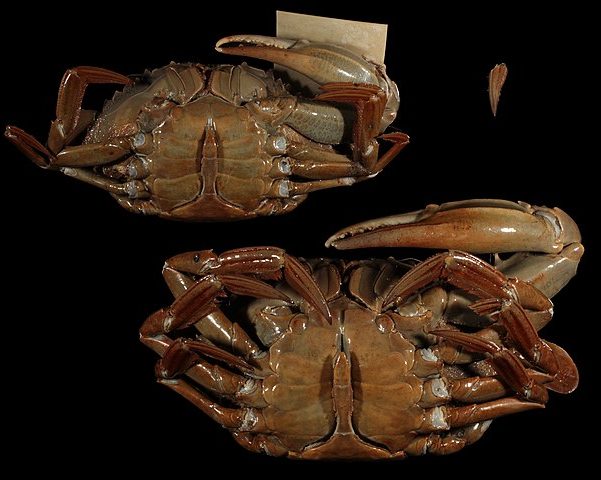The Virginia Marine Resources Commission (VMRC) has narrowly repealed a 15-year ban on winter blue crab dredging, amid opposition.
The vote on June 26, 2024 saw 5 members vote for with 4 against, to allow crab harvests from mud during winter.
Lynn Kellum, VMRC’s board member who witnessed the erstwhile ban back in 2008 stated that the endorsement favors the marginalized “user group.”
On its part, VMRC said in a press release that the repeal paves the way for a year-round fishing schedule.
Downsizing Female Population
The vote follows a winter 2023-24 stock count that showed depreciating female blue crab numbers in Chesapeake Bay at 133 million.
Analysts now expect that the next winter dredge fishing will boost catches, 96% of which will be female.
Notably, restraint from harvesting female specimens throughout the 1990s and early 2000s has helped recover the bay’s total population. The newest vote has not suggested how VMRC will compensate for extra fishing of these female crabs.
Though the overall population in Chesapeake Bay remains steady at 317 million, male, female and juvenile categories fall below 2023’s levels.
Backlash Against Winter Blue Crab Dredging
For this reason, most public commentators are against the reopening of the winter dredging campaign.
Even before the vote took place, about 180 individuals sent submissions asking the commission to say no at the ballot.
Some commercial fishermen fear that extra crab supplies could impact the hitherto steady prices.
While 2024’s wharf pricing of blue crabs has stayed above $12.5 per pound, retail rates have averaged above $40 a pound.
Maryland, which shares Chesapeake Bay with Virginia, is also against the reopening of winter fisheries. The joint Chesapeake Bay Foundation has stated that the vote jeopardizes the health of juvenile crabs in the bay.
Ultimately, it rests with VMRC to rule decisively on winter blue crab dredging when it reviews the vote in September 2024. Analysts think that the commission could even go back on its word and reinstate the ban. Pressure for such a decision could emanate from long-term regional blue crab fishing statistics, such as the ones below.
Virginia and U.S. Blue Crab Statistics
The United States fishes its blue crabs along the Gulf Coast and Chesapeake Bay. On the Bay is Virginia, whose blue crab fisheries generated $28 million in 2020 while total landings in 2022 hit 15,598,000 pounds. In 2022, Chesapeake Bay recorded the lowest blue crab levels in 33 years. The numbers have since improved to 317 million in 2024.
Which other states harvest blue crabs?
Other than Virginia, Maryland considers the blue crab its “state crustacean” and earns $45 million yearly from its fisheries. Louisiana, Texas and Florida, on the other hand, fish the crab on the Gulf Bay. In 2018, Louisiana netted 45,143,082 pounds of blue crabs, the highest volume since 2012’s 46,379,483 pounds.
